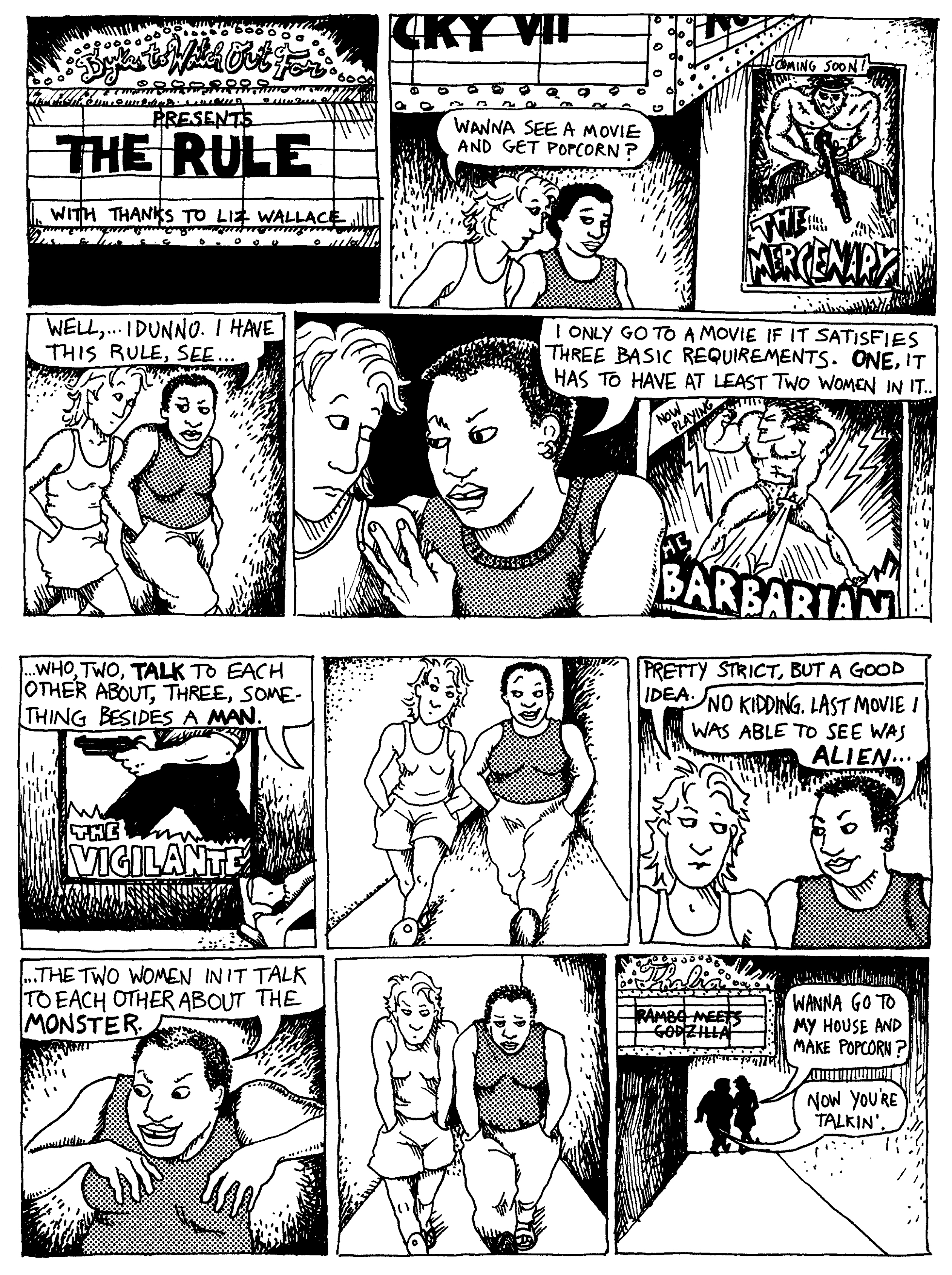If you watch mainstream films within the United States, you are familiar with the stereotyped images of women they feature. The Trophy Wife (or Girlfriend). The Man Stealer. The Sassy Latina/Black Best Friend. The Manic Pixie Dream Girl. The Sexy Secretary. The Evil Stepmother (or Evil Sister). The Asexual Career Woman. These stereotypes have been seen on screen so many times, for so many years, that many people do not notice their underlying sexism. How have filmmakers been able to perpetuate these stereotypes for so long? When we look at gender inequality in the film industry we can begin to understand why women continue to be stereotyped and objectified on screen. Only 9% of directors and 15% of writers are women.
 |
| Gender inequality in the film industry. Data and infographic by filmonomics @ slated |
One way that we can begin to change this is by supporting films that are written and directed by women and that pass the Bedchel test. The Bedchel test was created in 1985 by graphic novelist Alison Bedchel. A film passes the test if if meets three criteria:
1) Are there at least two (named) women in it?
2) Do they talk to each other?
3) About something other than a man?
 |
| Alison Bedchel, Dykes To Watch Out For, 1985 |
Some modern films that pass the Bedchel test include Are You There, God? It's Me, Margaret (2023), The Marvels (2023), and The Barbie Movie (2023). While this test does not guarantee that films will feature authentic representations of strong women, it is a tool to begin to identify which films are more likely to have important female characters who are not purely relationship-driven stereotypes.
Comments
Post a Comment